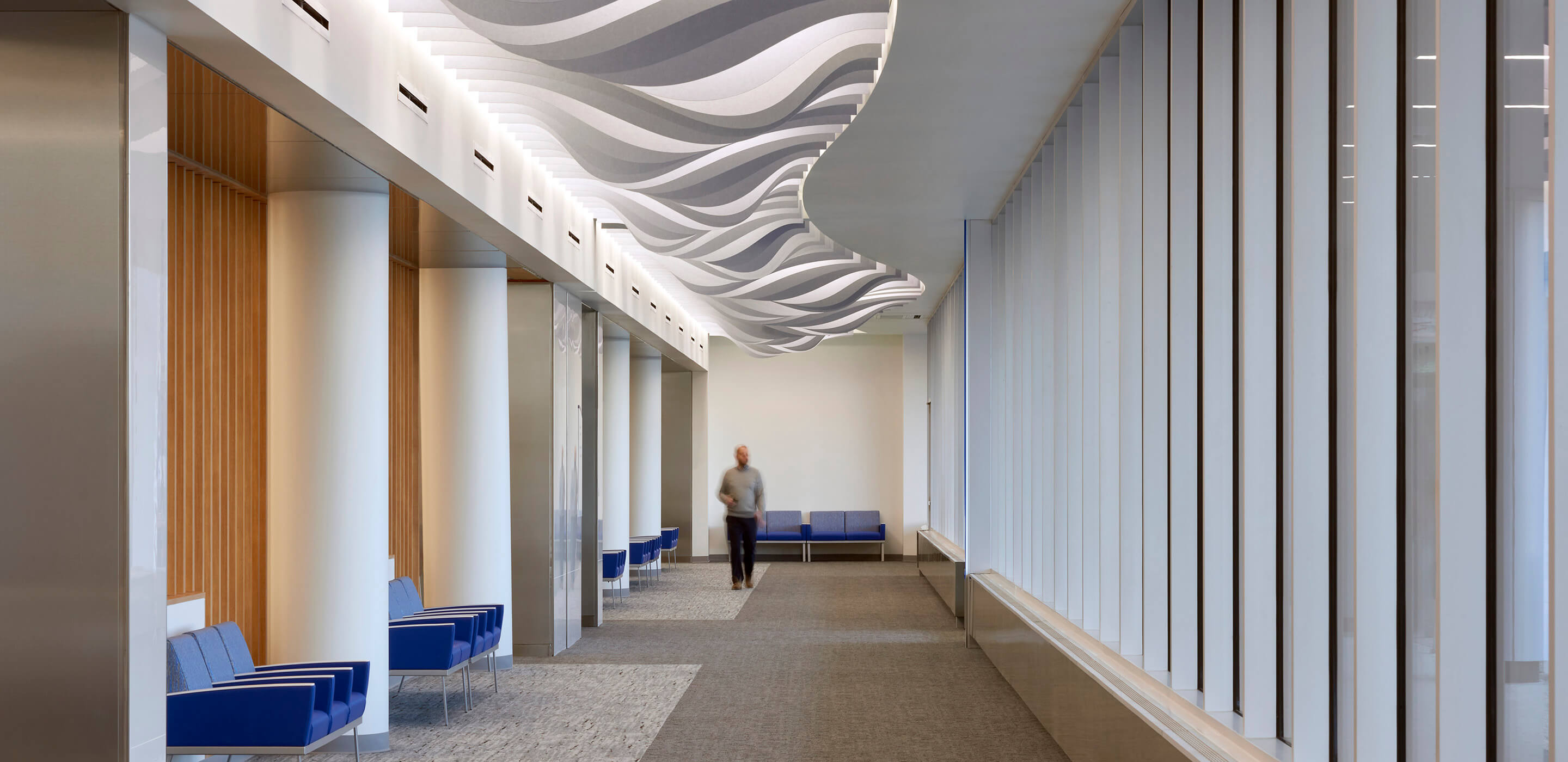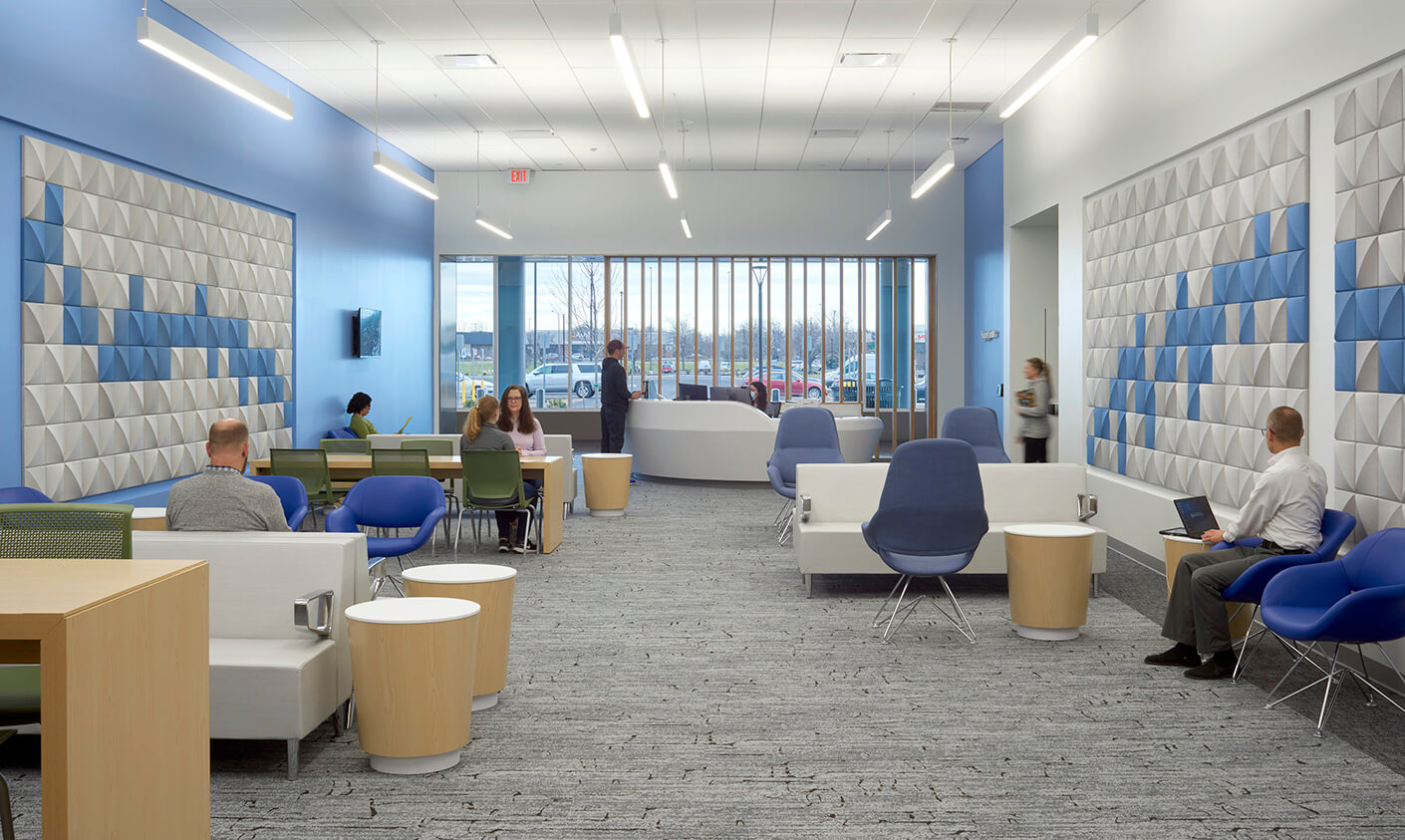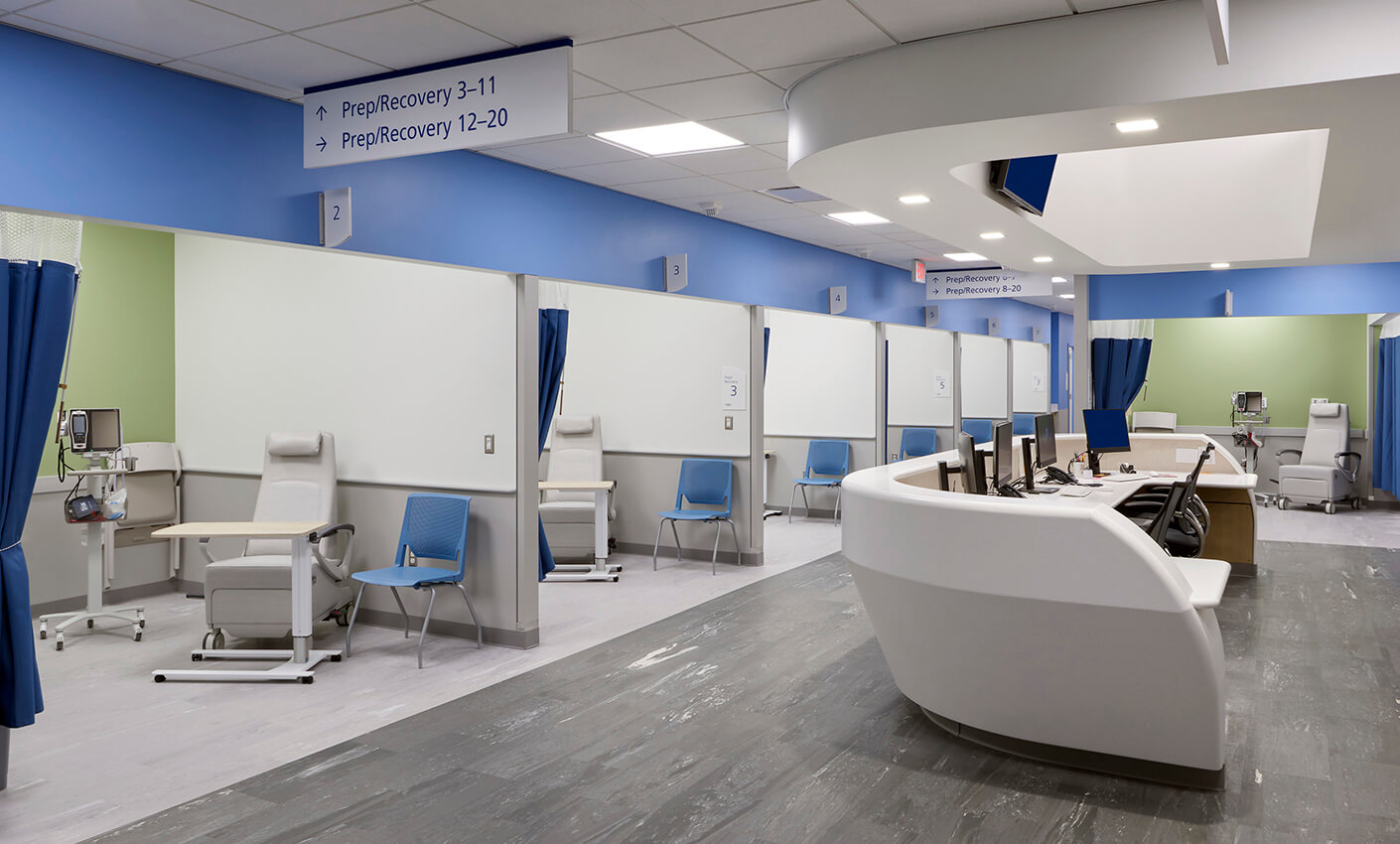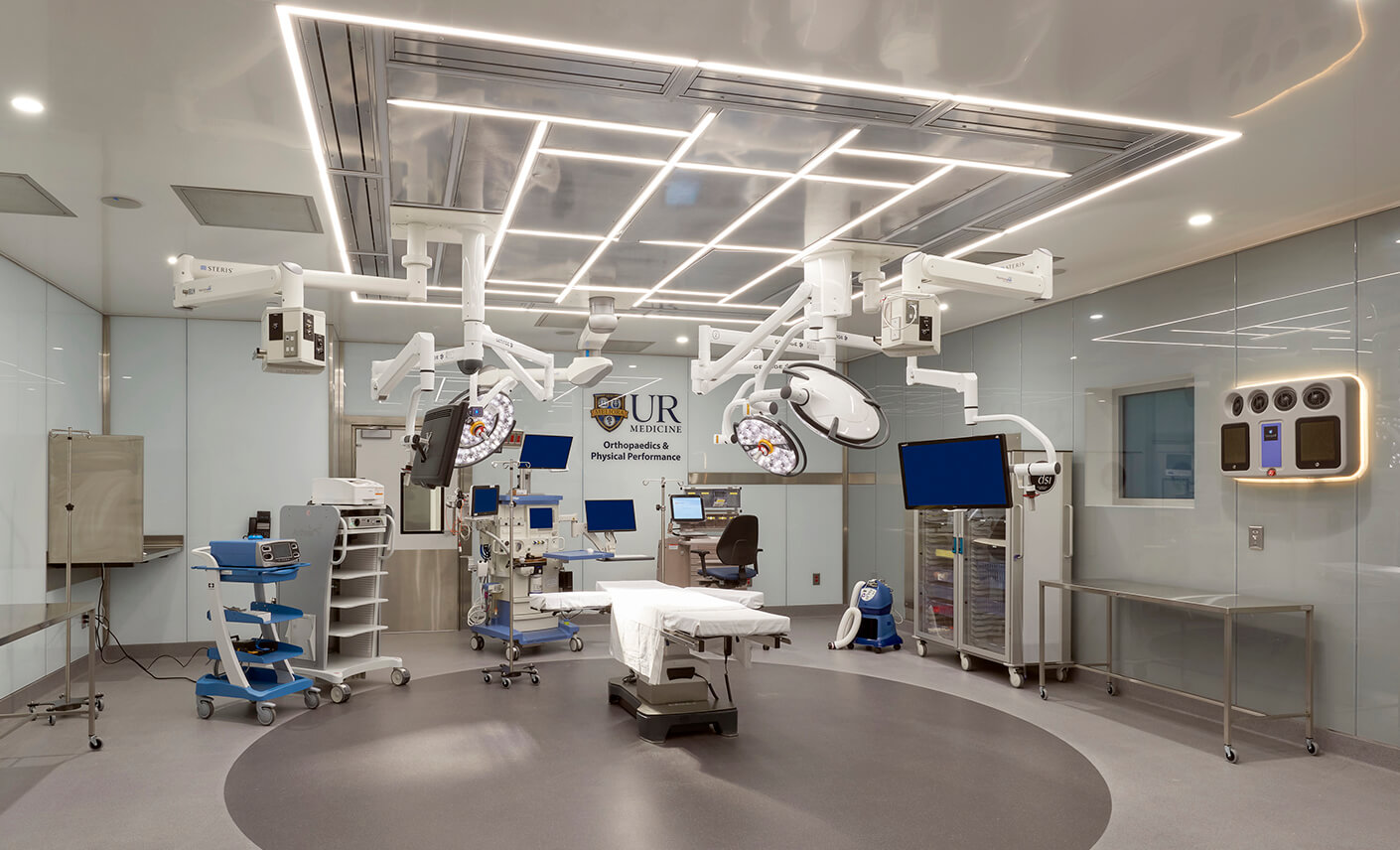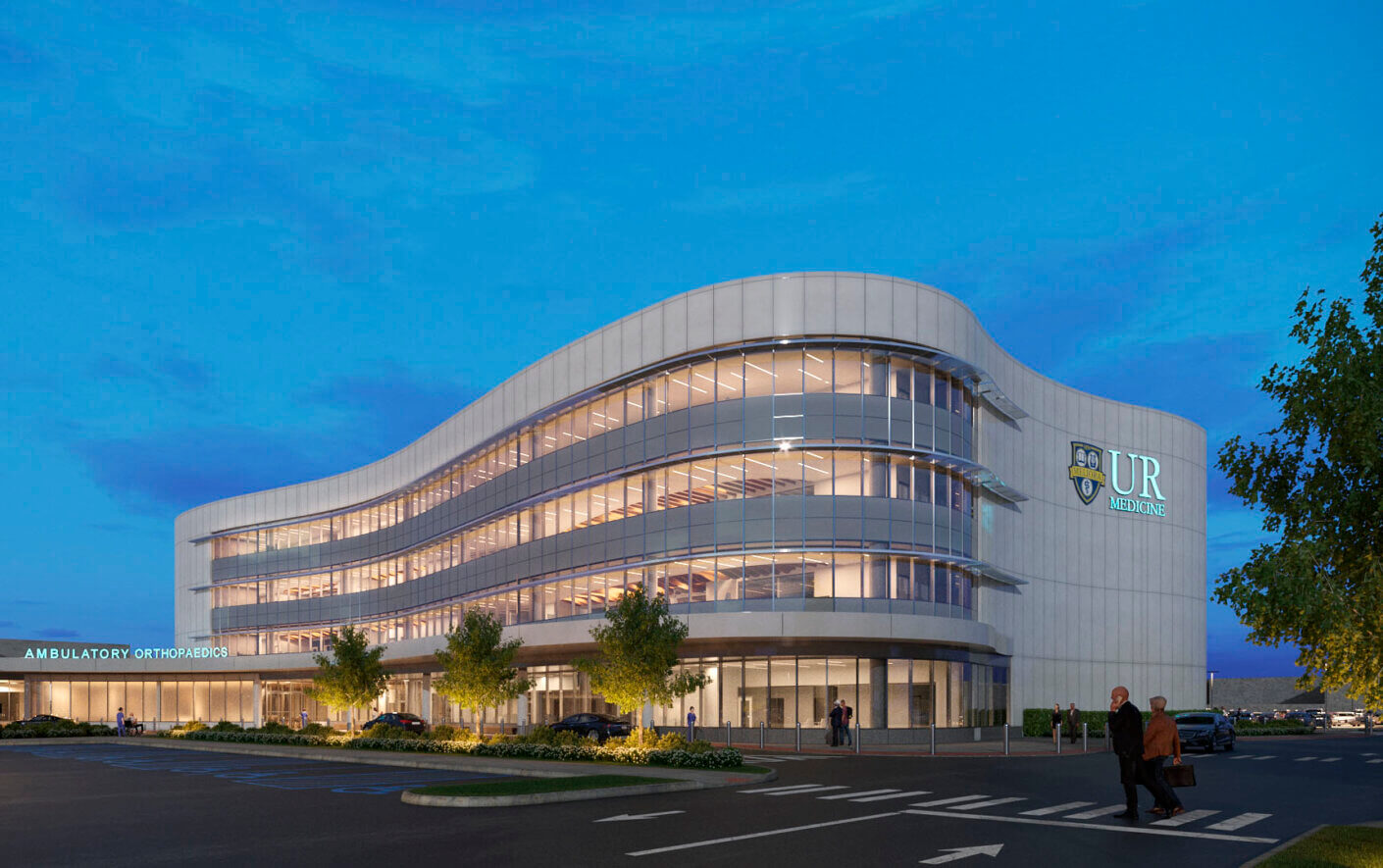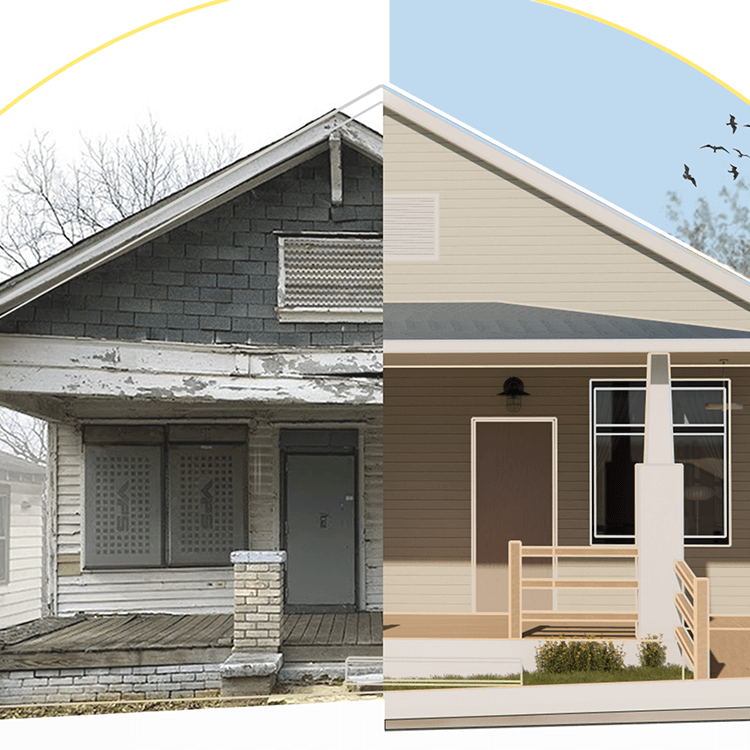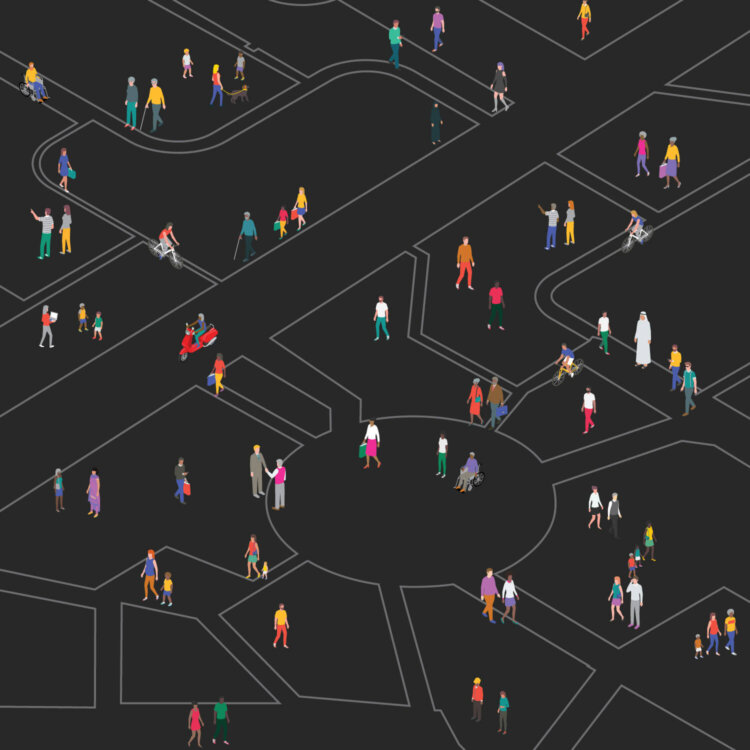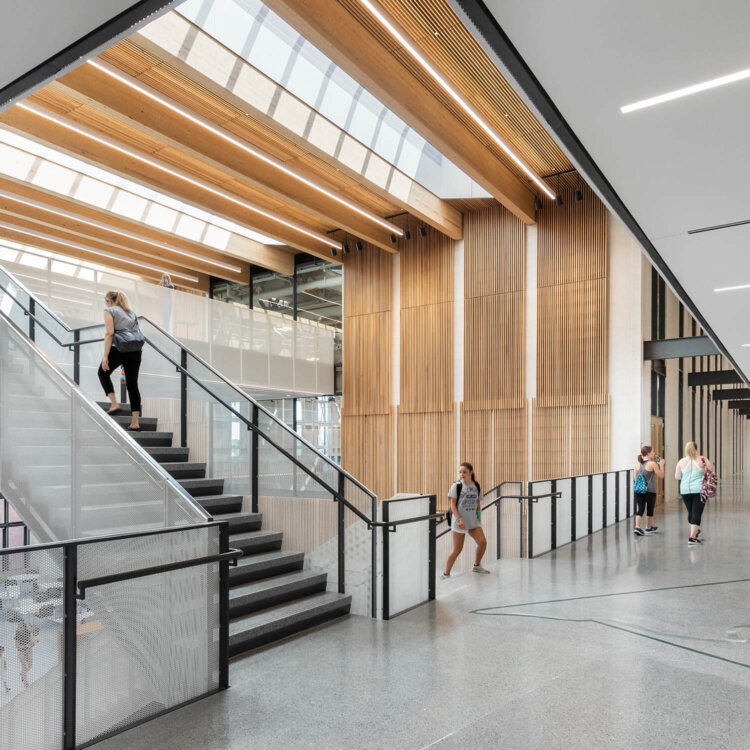According to NRC Health, 80% of respondents in a survey said they would switch to medtail for the convenience factor alone. But the trend is not just increasing the accessibility of healthcare; it’s also helping to revitalize commercial districts that have been gutted by e-commerce.
Take the U.K.’s National Health Service North Central London Integrated Care System (NHS). In August 2022, the NHS opened a Community Diagnostics Centre (CDC) in a former furniture store in London’s Haringey borough due to an increased need for routine diagnostic testing spurred by the COVID-19 pandemic. The 8,070-square-foot facility offers x-ray, ultrasound, ophthalmology, phlebotomy, CT, and MRI services. Located at The Mall at Wood Green, which serves as a hub for the community, CDC is proximate to 50 other businesses, including retailers like Primark and a cinema. Since opening, more than 130,000 patients have come through its doors, many of whom have gone on to patronize neighboring stores.
“Getting people back into town centers helps us all,” says Nicola Theron, director of estates for NHS. “And we’re seeing that if you bring people into places they want to be at, they might access a whole range of different services, one of which is healthcare.”
The CDC is just one in a planned series of 40 outlets that will serve the same purpose.
But as smaller medtail storefronts become increasingly common, one organization set out to offer more involved forms of care with a much larger retail renovation. In 2023, UR Medicine opened its Orthopaedics & Physical Performance Center in a former Sears that served as an anchor store to Rochester, New York’s Marketplace Mall.
